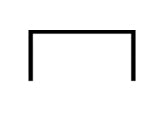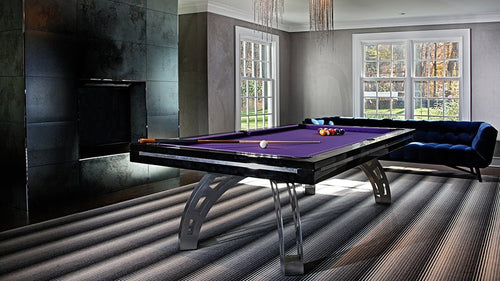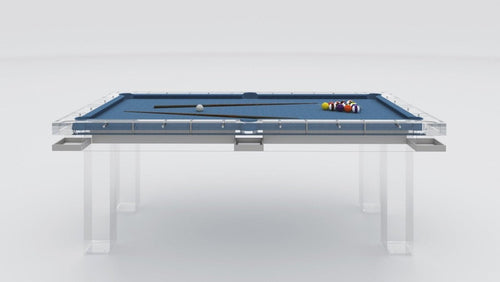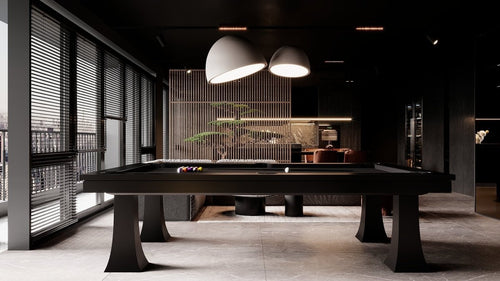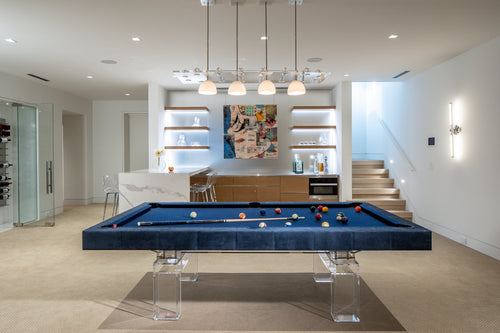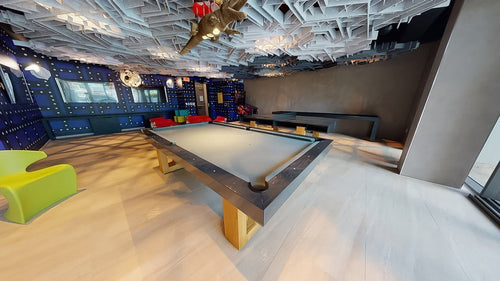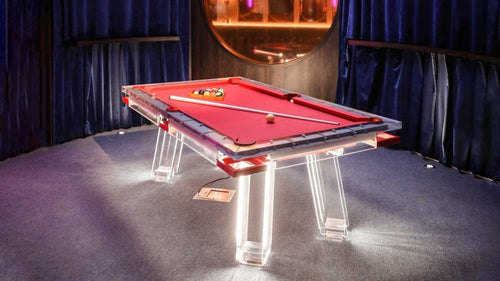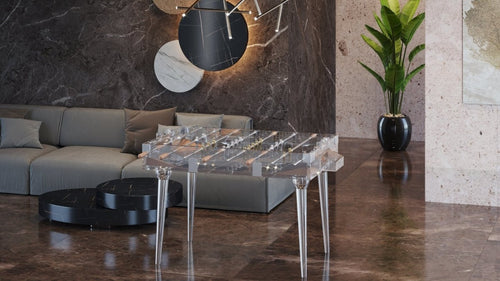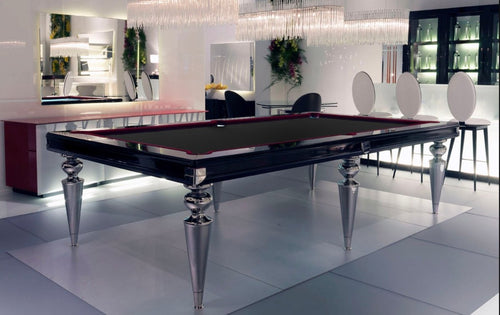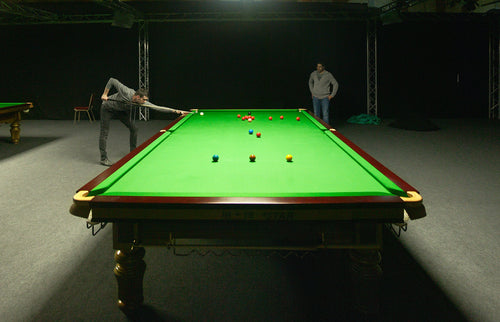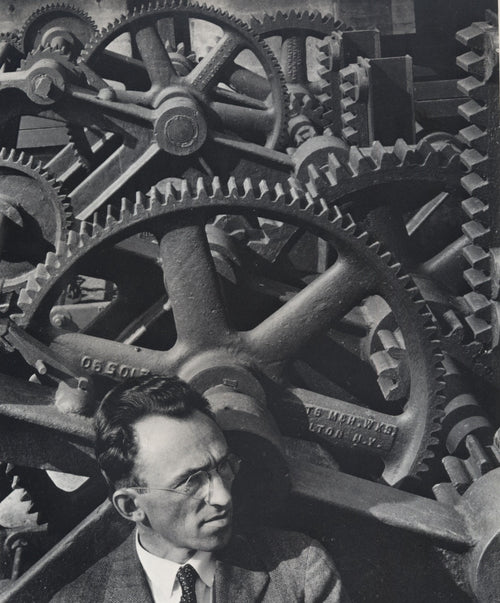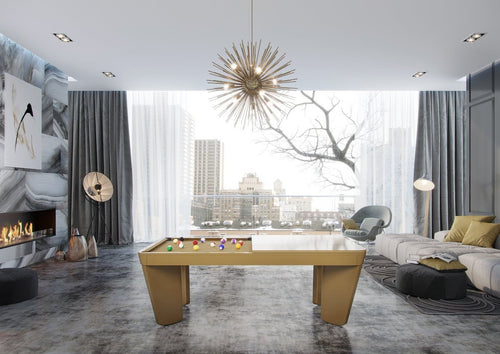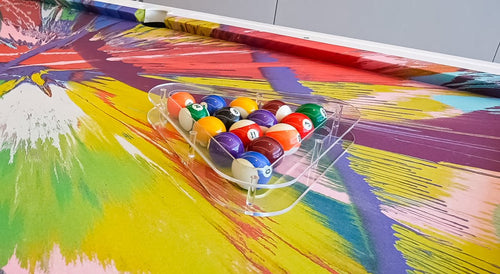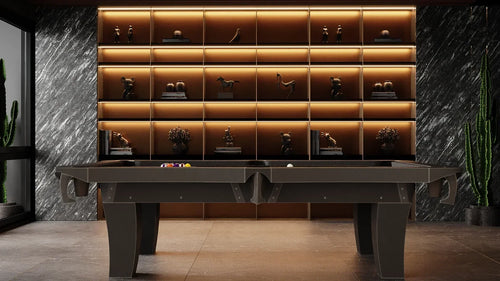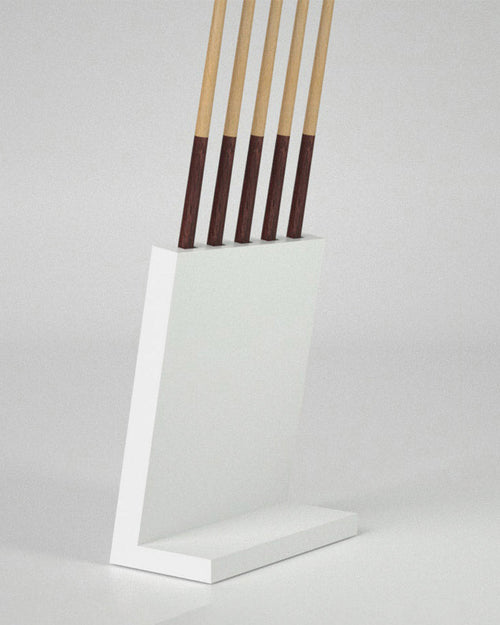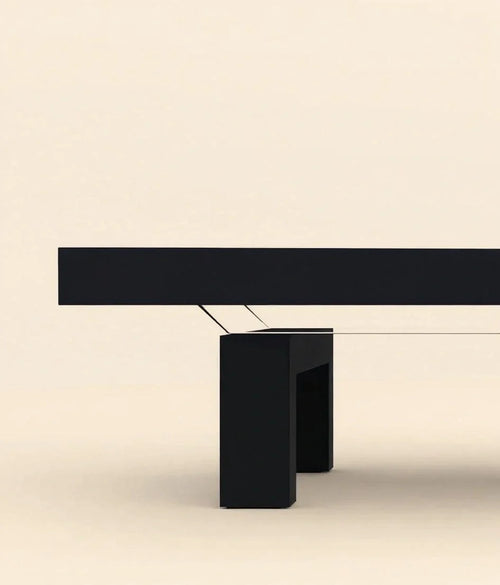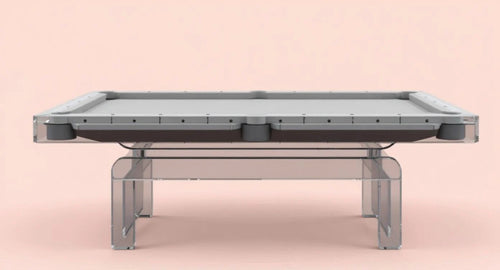Enjoy our modern designs
Two tables can share the same mouth size and play totally different. The difference is the shelf—the horizontal distance the ball must travel past the mouth before it can fall.
Introduction
Deeper shelf = harsher table. It shrinks the acceptance window, punishes speed, and turns down-the-rail shots into exams. Here’s the what, why, and how to fix—or at least account for—it.
Shelf 101: What it actually is
- Mouth line: a straight line across the pocket, nose-to-nose.
- Fall line: where the slate bevel begins inside the pocket.
- Shelf: the horizontal distance between those two lines.
Short shelf → the ball crosses the mouth and drops quickly. Deep shelf → it must travel farther inside the jaws before gravity can win.
Why depth changes difficulty
- Smaller acceptance window: near-jaw contacts that dribble in on friendly tables rattle out on deep shelves.
- Speed punishes more: pocket-speed falls; medium pace spits—especially with a jaw brush.
- Down-the-rail gets hit hardest: shallow entry + extra distance to the fall line = more rejections.
- Sides feel different: side shelves are tiny (often ≈0"), so side pockets stay more accepting at pace.
Pocket difficulty is a system: mouth size × facing angle/back-draft × shelf. Tune them together.
Typical numbers (so you have a feel)
- Corner shelf: ~1.0–2.25 inches. Deeper end plays noticeably tougher.
- Side shelf: ~0–3/8 inch; many are effectively ~0.
Case study: same mouth, different shelf
Table A: 4½″ corner mouth, ~1.1″ shelf — borderline cuts that catch a jaw can still fall at pocket speed. Long down-the-rail is makeable with confident pace.
Table B: 4½″ corner mouth, ~2.0″ shelf — the same shots rattle more. Down-the-rail becomes a speed-control exam: softer to let it fall, or thinner to avoid jaw rub.
How to measure your table
Tools: straightedge/level, tape or ruler, small flashlight.
- Lay the straightedge across the cushion noses to mark the mouth line.
- Shine light into the pocket; find the slate bevel start—the fall line.
- Measure horizontally from mouth line to fall line = shelf.
- Record corners and sides separately.
- Also note mouth width (nose-to-nose) and check facing smoothness/consistency.
What players should adjust on deep shelves
- Favor pocket speed on borderline cuts.
- A hair fuller + softer on long down-the-rail to let gravity work.
- Avoid jaw rub—change line or add spin to enter cleaner.
Installer/owner checklist
- Target shelf: corners ~1.0–1.8″ play fair but honest; go deeper only if you truly want “pro-tough.”
- Match all four corners within tight tolerance.
- Smooth facings, true rubber, no sharp edges or steps.
- Treat geometry as a system: mouth size, facing/back-draft, shelf tuned together.
- Run tests after install: down-the-rail (both sides, two speeds) and a medium-speed cut-rattle test.
Myths to bin
- “Tighter mouth is all that matters.” — Shelf can make a “normal” mouth play meaner than a tight mouth with a friendly shelf.
- “If it rattles, I aimed bad.” — On deep shelves, the same contact that falls elsewhere can bounce out. Adjust for the table.
Conclusion
Shelf depth is the hidden slider on pocket difficulty. If you care how a table really plays, don’t stop at the mouth measurement. Measure the shelf, inspect the facings, and judge the geometry as a package.

